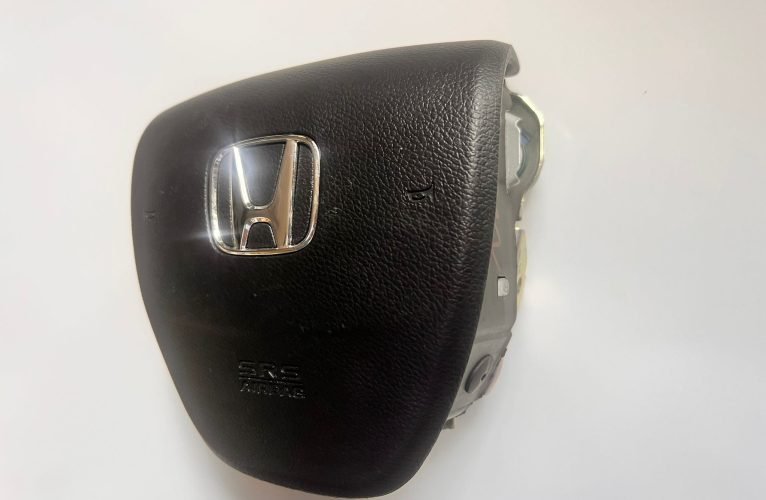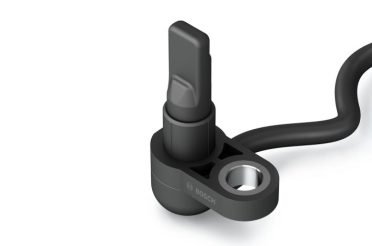Understanding Airbag Safety: Honda CR-V 2016 Airbag & 2012 Honda Civic Steering Wheel Airbag

Airbags are among the most essential safety features in modern vehicles, designed to protect drivers and passengers during collisions. However, not all airbags are created equal, and different car models and years may face unique issues or recalls. In this article, we will focus on two specific models: the Honda CR-V 2016 airbag and the 2012 Honda Civic steering wheel airbag. Whether you own one of these vehicles or are considering purchasing a used one, understanding the status, functionality, and safety concerns related to their airbags is crucial.
The Importance of Airbag Systems
Before diving into specifics, it’s important to understand why airbags matter. An airbag deploys in milliseconds during a crash, cushioning the impact and reducing the risk of severe injuries. Airbags are typically installed in the steering wheel, dashboard, side panels, and sometimes even in the seatbelts. However, airbags require regular monitoring because faulty airbags can fail to deploy—or worse, deploy with excessive force, causing injuries.
Honda CR-V 2016 Airbag Overview
The Honda CR-V 2016 airbag system includes front airbags, side airbags, and side curtain airbags designed to protect both the driver and passengers. This model was subject to various safety checks over the years, particularly due to the widespread Takata airbag recall that affected millions of vehicles globally.
Some 2016 CR-V models were recalled because the airbag inflators had a risk of rupturing upon deployment. This rupture could send sharp metal fragments into the vehicle cabin, potentially causing serious injuries or fatalities. Honda issued recall notices for affected vehicles and offered free replacements for faulty inflators.
If you own a 2016 Honda CR-V, it is vital to check your VIN (Vehicle Identification Number) on Honda’s official recall website or through the National Highway Traffic Safety Administration (NHTSA) database. Regular inspections can ensure your airbag system is functioning properly and meets current safety standards.
2012 Honda Civic Steering Wheel Airbag
The 2012 Honda Civic steering wheel airbag also faced scrutiny during the Takata recall crisis. Many Civics from this era were equipped with the same problematic inflators that were prone to rupture under high heat and humidity. Given that the steering wheel airbag is the primary front-impact protection for the driver, this issue was particularly concerning.
Owners of 2012 Civics were advised to schedule immediate repairs if their vehicles were affected by the recall. Fortunately, Honda made these repairs free of charge and conducted widespread outreach to inform drivers. If you have recently purchased a used 2012 Honda Civic, checking whether the steering wheel airbag was replaced or serviced is an important step for your safety.
How to Check If Your Airbag Is Affected
Whether you drive a 2016 Honda CR-V or a 2012 Honda Civic, there’s a simple process to determine if your airbag system is part of a recall:
Locate your VIN – It can be found on your vehicle’s registration, insurance documents, or on the dashboard near the windshield.
Visit the NHTSA or Honda recall website – Enter your VIN to check for any outstanding recalls.
Schedule an inspection or repair – If your airbag is part of a recall, schedule an appointment with an authorized Honda dealer. Repairs are typically free of charge.
Why You Shouldn’t Ignore Airbag Recalls
Ignoring an airbag recall can have serious consequences. A defective airbag may fail to deploy during an accident, leaving you without critical protection. In other cases, a faulty inflator can cause shrapnel injuries during deployment. Driving with a defective Honda CR-V 2016 airbag or 2012 Honda Civic steering wheel airbag puts you and your passengers at unnecessary risk.
Maintaining Your Airbag System
Even if your vehicle is not under recall, regular maintenance is key. Here are a few tips:
Have your airbag system checked periodically – Especially if your vehicle is older.
Avoid tampering with the steering wheel or dashboard – DIY repairs can interfere with airbag sensors.
Replace damaged components promptly – After an accident, airbags should be replaced, not reused.
Final Thoughts
Airbag safety is not something to take lightly. If you own a Honda CR-V 2016 or a 2012 Honda Civic, ensure that your airbag system is up to date and functioning as intended. The 2016 Honda CR-V airbag and the 2012 Honda Civic steering wheel airbag were part of one of the largest automotive recalls in history, but many vehicles are now safe to drive thanks to manufacturer repairs.
By staying proactive—checking recalls, scheduling repairs, and maintaining your vehicle—you can ensure your safety and peace of mind on the road.
Would you like me to:
Make this blog SEO-optimized with meta title & description?
Provide a clickable, blog-ready HTML version?
Or rewrite it in a more conversational, blog-style tone for better engagement?
Which direction would you like?







